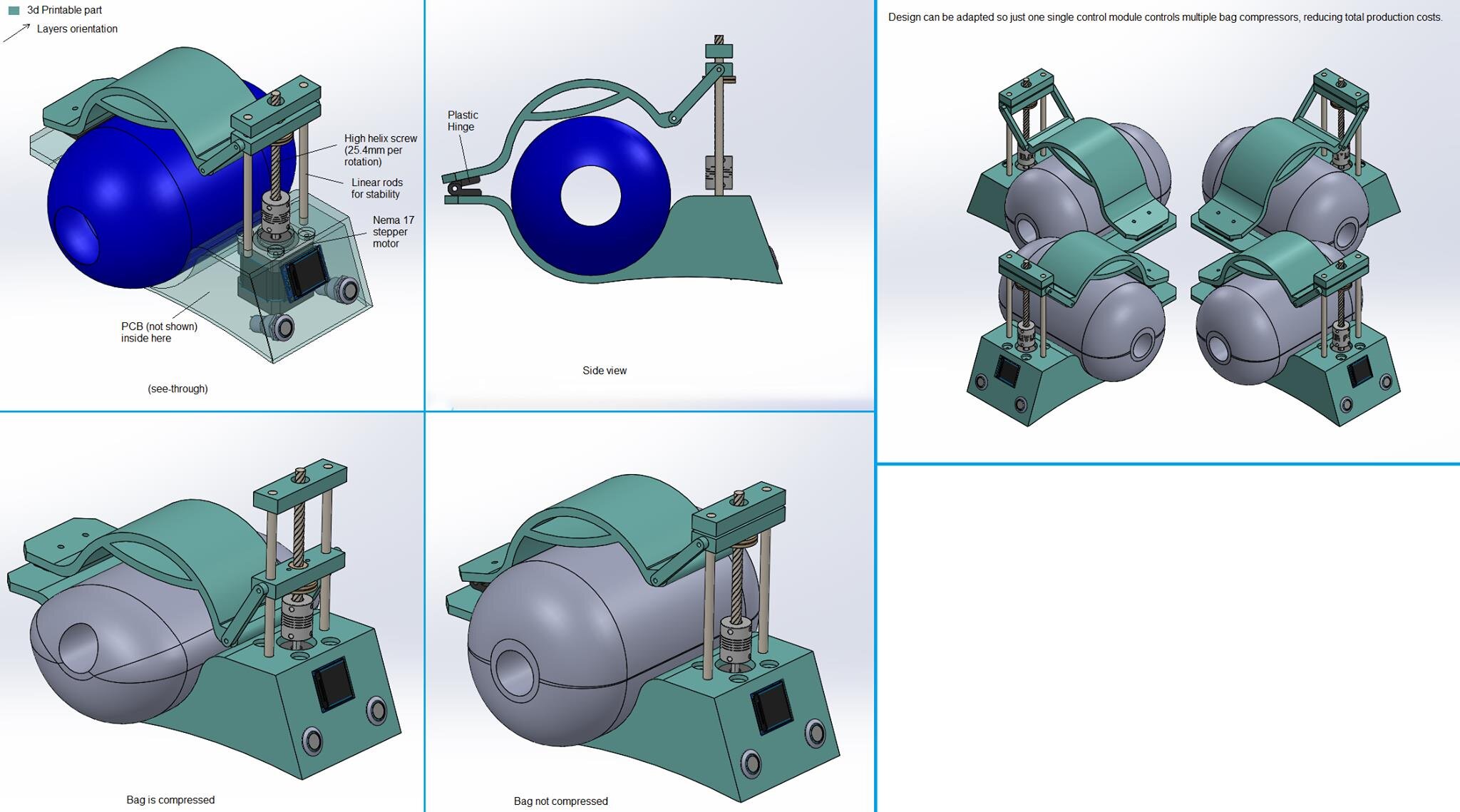Our small contribution in this moment of COVID-19 emergency
At Lumi Industries, we always feel involved when there is need to solve problems, for which we can offer our small contribution.
We have always done this with our totally Open Source assistive projects dedicated to the blind that we offer through our corporate responsibility program LumiCares.
This time is so difficult for all of us, where, in every nation, doctors, nurses and healthcare professionals in general, are heroically bending over backwards to protect us and save us as much as possible from this dangerous COVID-19 virus with the, often limited, resources available to them. We felt the need to do our small part, thanks to the ingenuity of our CEO Davide Marin.
We would like to start by saying that we have no claim to be experts in the sector. We are simply proposing ideas to solve the problem of lack of equipment and devices to face the emergency, with the low cost and Maker approach that has always distinguished us.
We have published all Open Source material, without any type of license, hoping that it will be useful to those who work in the sector and are looking for alternative solutions. We are happy to see that some people are already working on improving our proposals.
Automatic system to compress a self-expanding bags or AMBU (Auxiliary Manual Breathing Unit) with 3D printers components, ready available and low cost.
This design compresses bags like Ambu Bags.
It uses easy to find parts, like Nema 17 stepper motor, shaft coupler, linear rods, normal 3D printers components. The use of high helix screw means that with 1 stepper turn, the vertical movement is 25.4mm, so cycles of 2s + 4s should be possible. The body parts can be 3D printed.
A benefit of this design is that mechanical stress on the 3D printed parts is reduced as much as possible. An Arduino based PCB controls the stepper motor movement, amplitude and frequency of the movement, end-stops sensor check that everything is moving as expected, and a buzzer can notify if something is not.
Please note that this design is not definitive and that sizes of the bag is approximate, so before 3D printing the parts, they must be modified.
3D files are available for free on Grabcad , while you can follow the post thread on the Facebook Grouop: Open Source COVID19 Medical Supplies
How to solve problem that a single design of a 3D Printable mask may not fit many people without gaps
Personalized protection mask_pic.1
We propose the use of Photogrammetry together with 3D printing.
Here are the step to follow to make a person scan of his/her face:
1) Download photogrammetry Software. Programs like 3D Zephyr Pro, used here, have a trial 14 days license.
2) You will need good camera, preferably Reflex/Mirrorless. Good and uniform lighting is very important.
3) Cut the markers: I used normal scotch tape, and three-hole punch.
Personalized protection mask_pic.2
4) Have the person sitting down. Apply the markers (suggested pattern in picture 1).
5) Measure with a string the distance between the markers, as precise as possible, this is a very important step (pic 2).
6) Take a good amount of photos from all around the subject.
7) Import the photos into the photogrammetry software, set to "body scan".
8) Generate the mesh.
9) Now the most important step: Use "control points" and "scale model with control distances" to correct the model scale to the real world measures (pics 3a,b,c).
10) You can now export the STL model.
11) Import the STL scan of the subject in MeshMixer and check with the "Measure" tool that the distances between points are consistent with the real world measures.
12) Now you can import your Mask design into the scene (check that the scale is consistent, mm, cm, m) (pic 4)
13) Now you can check if the mask model is too big/small. (pic 5)
14) You can even make the Mask model "flat" in the back part, and use Boolean Difference to cut it precisely tailored to the subject.
This procedure can solve the problem of standard size masks gaps when people are wearing them, and takes advantage of the good availability of 3D Printers, for the so called "mass customization".
An implementation of this idea can be that people working in front line (those more exposed) will take photos of themself (even at home), send to companies/FabLabs/associations that have many 3D Printers available, that generate the customized mask with 3D Printing (or many single use masks) and send it to them.
You can follow the post thread on Facebook Group: Open Source COVID19 Medical Supplies








